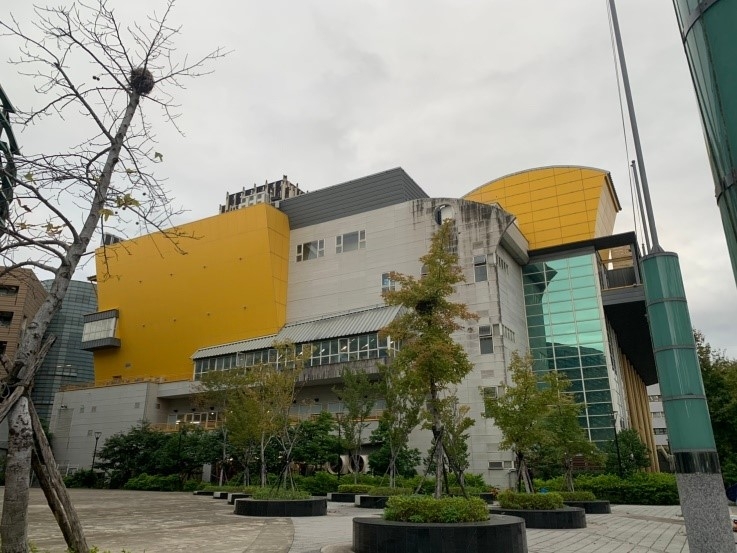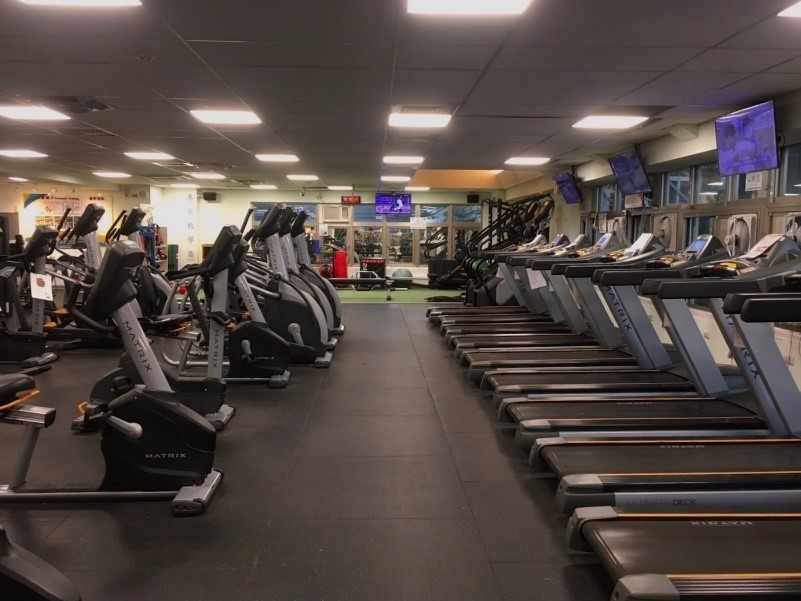(English Version Powered by ChatGPT, Edited by Serena H.)
[This report is provided by the research team of Professor Fang Jin-yi from the Institute of Sports, Leisure, and Hospitality Management.]
This study explores the performance management issues of the operate-transfer (OT) model for the operation of sports and leisure centers (SLC) from the perspective of local governments. This study uses competitive advantage and mixed-method evolutionary theories, including the modified Delphi method, to establish an efficiency-based performance model (EPM) for the OT project of SLC. Using the total-factor framework, the output surplus target ratio (OSTR), which breaks down efficiency, provides local governments with more specific improvement suggestions and SLC management during the contract period.
The study also develops a four-quadrant matrix based on long-term efficiency and short-term profitability to establish benchmarks and improvement directions. The results found that in the first year of the study, 6 SLCs were in the best-performing first quadrant, 5 in the second year, and 4 in the third year. This indicates that the originally expected sustainable operation of the SLCs evolved over time, resulting in increased wear and tear of internal sports facilities, causing a decrease in efficiency.
SLCs should aim to offer more attractive professional sports courses to consumers, through professional instructors’ teaching groups or individual courses, in order to improve teaching quality, provide better services for customers, and achieve the goals of increasing revenue and enhancing community welfare (increasing participation in sports). This study provides decision-makers in local governments with reference guidelines for deciding whether to maintain or abandon the current authorized vendors before the next contract period. Underperforming SLCs can follow the four-quadrant analysis and OSTR index, utilizing their internal resources to develop more attractive and reasonably priced training courses, thus opening up local government financial resources and increasing visitor numbers.
Local governments can improve public service performance by reducing public expenditures or developing financial resources, while also bearing pressure from the central government. They must apply innovative methods to utilize resources more effectively. The operate-transfer (OT) model is a method that can promote local governments in expanding financial resources while simultaneously enhancing local social welfare. However, there has been relatively little research on how to simultaneously increase social welfare measures and enhance local government revenues.
Strengthening the management of sports-related activities and facilities has many benefits, including promoting community health and economic development. Therefore, it is crucial to establish success benchmarks for community sports centers (SLC) from the perspective of local governments (Figure 1).
Studies have found that more than 60% of spending in the UK is allocated to the development of indoor sports facilities, indicating that investing in indoor sports facilities is necessary, as it is not affected by weather and helps maintain the public’s exercise habits, benefiting public health. In Taiwan, SLCs are operated through government delegation in the form of operate-transfer (OT) during the contract period, which can simultaneously enhance social welfare, operational performance, and local government surpluses.
Past literature mainly focuses on consumer perspectives, such as service quality or customer satisfaction within SLCs. There is less discussion on the impact of operational performance and social welfare from the local government’s perspective, and there is also a lack of decision-making models for local governments regarding whether to renew contracts with existing operators.
This study uses competitive advantage and mixed-method evolutionary theories, including the modified Delphi method, to establish an efficiency-based performance model (EPM) for the OT form of SLC. The empirical study takes the 12 administrative districts of Taipei City as an example.
The Taipei City government uses the OT model to delegate the operation of SLCs in various districts to private enterprises. The local government can collect at least a certain percentage of the revenue as compensation for investment costs and provide indoor sports facilities for citizens, promoting regular exercise habits and enhancing physical and mental health.
The Sports Bureau also sets the pricing standards and consistent operating hours. The current performance evaluation method is to assess the operational performance of each SLC annually through an expert committee. High-performing SLCs can extend the contract period or gain preferential negotiation rights.
This study uses operating expenses, space usage area, and total asset value as input variables in the performance evaluation model, along with revenue and sports participation as output variables, analyzing the performance evaluation of 34 SLCs from the local government’s perspective.
In the research process, expert interviews were conducted and three years of operational data were collected. The EPM was used to assess the operational performance of SLCs, and the output surplus target ratio (OSTR) was used as the basis for improving output indicators. A four-quadrant matrix based on long-term efficiency and short-term profitability was developed to establish benchmarks and improvement directions.
The study found that in the four-quadrant analysis, the SLCs originally expected to operate sustainably are evolving over time, leading to increased wear and tear of sports facilities, resulting in decreased efficiency.
SLCs with poor efficiency can offer more attractive professional sports courses through professional instructor teams or individual courses (Figure 2) to improve teaching quality. They can also use flexible pricing strategies to provide better services for customers and enhance community welfare.

圖一:臺北市大安運動中心外觀

圖二:運動中心體適能教室可以提供團體與個人運動課程